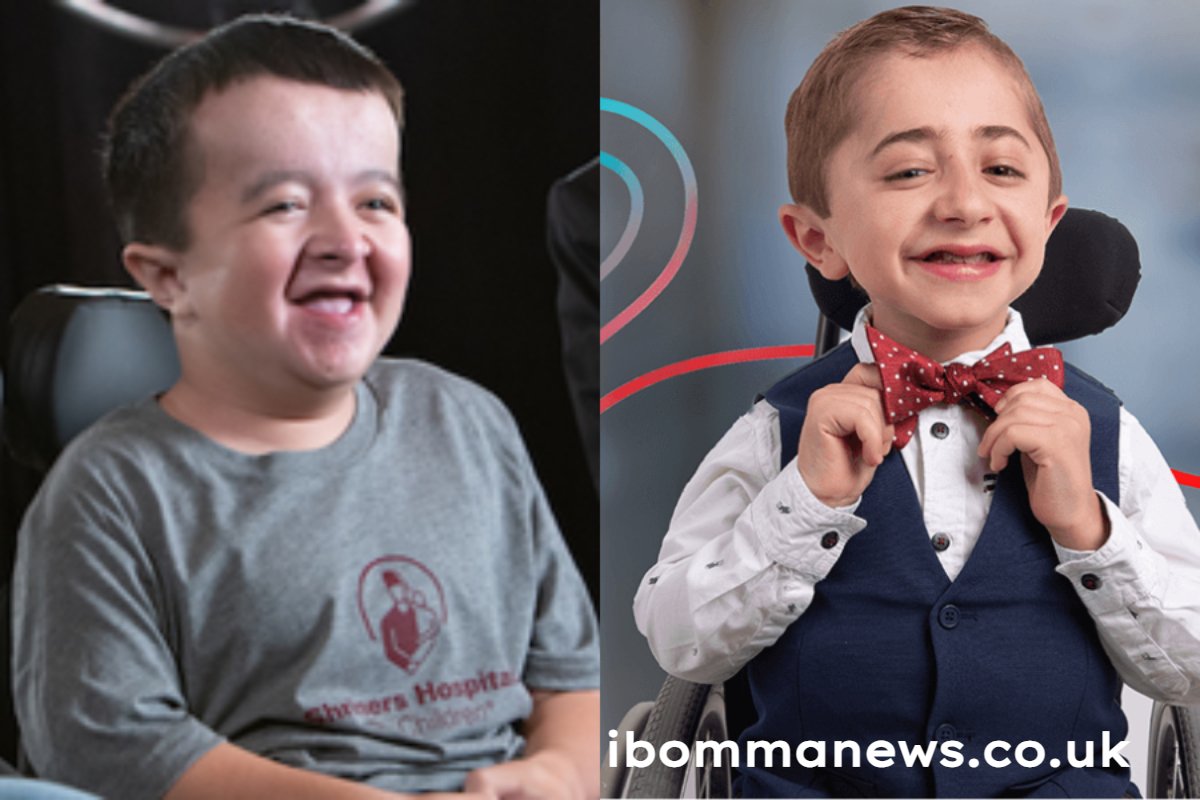In the realm of television and internet commercials, a common question arises among viewers: “Do Alec and Kaleb get paid for commercials?” Alec Cabacungan and Kaleb-Wolf De Melo Torres are two of the most recognizable faces of the Shriners Hospitals for Children. Their charming and heartfelt appearances in various advertisements have made them household names. This article aims to shed light on whether these young spokespersons receive financial compensation for their work, along with exploring their roles and the broader context of child actors in commercial advertising.
Who Are Alec and Kaleb?
Before diving into the financial aspects, it’s important to understand who Alec and Kaleb are and why they have become so prominent in Shriners’ commercials.
Alec Cabacungan was born with osteogenesis imperfecta, a condition that causes brittle bones. Despite his medical challenges, Alec has become a passionate advocate for Shriners Hospitals for Children, sharing his story to raise awareness and funds. His charismatic presence and engaging personality have made him a central figure in many of the organization’s commercials.
Kaleb-Wolf De Melo Torres, another Shriners spokesperson, also has osteogenesis imperfecta. Like Alec, Kaleb’s joyful spirit and compelling story have touched the hearts of many. He has been featured in numerous commercials, showcasing his resilience and the positive impact of Shriners Hospitals.
The Role of Alec and Kaleb in Shriners’ Campaigns
Alec and Kaleb are not just the faces of Shriners Hospitals; they are also powerful storytellers. Their commercials often highlight their personal journeys, the medical care they receive, and the broader mission of Shriners Hospitals for Children. These narratives are designed to inspire donations and support from the public, showcasing how the organization helps children with various medical conditions.
You Might Also Like: Pastor Chris Hodges Scandal: A Comprehensive Overview
Their roles involve:
- Storytelling: Sharing their personal experiences and the impact of Shriners Hospitals.
- Advocacy: Promoting the mission and work of Shriners Hospitals.
- Engagement: Appearing at events and in media to further the cause.
Do Alec and Kaleb Get Paid?
The central question of whether Alec and Kaleb get paid for their appearances in commercials is often surrounded by curiosity and speculation. In the world of advertising, especially when involving children, compensation practices can vary widely.
Compensation Structure in Child Commercials
Generally, child actors in commercials are compensated for their work, which includes appearance fees, residuals, and sometimes additional incentives based on the success of the campaigns. However, when it comes to non-profit organizations like Shriners Hospitals for Children, the dynamics can be different.
Alec and Kaleb’s Situation
As spokespeople for a charitable organization, Alec and Kaleb’s participation is primarily motivated by their personal connections to Shriners Hospitals and their desire to give back. While the specifics of their compensation are not publicly disclosed, it is reasonable to assume that their arrangements differ from typical commercial contracts.
The Ethics and Legalities of Child Actor Compensation
When discussing whether Alec and Kaleb get paid for their commercials, it’s essential to consider the broader legal and ethical context.
Legal Framework
In many countries, there are strict laws governing the employment and compensation of child actors. These laws are designed to protect young performers from exploitation and ensure they receive fair compensation for their work. For example, in the United States, the Coogan Law requires a portion of a child actor’s earnings to be set aside in a trust until they reach adulthood.
Ethical Considerations
Ethically, organizations must balance fair compensation with their non-profit status. For Alec and Kaleb, participating in Shriners’ commercials is not just about financial gain; it’s about raising awareness and helping other children receive the care they need.
The Impact of Alec and Kaleb’s Commercials
The commercials featuring Alec and Kaleb have significantly impacted both Shriners Hospitals and the public.
Fundraising and Awareness
These commercials have been highly effective in raising funds and awareness for Shriners Hospitals. By sharing their personal stories, Alec and Kaleb help viewers understand the importance of the organization’s work, leading to increased donations and support.
Public Perception
Alec and Kaleb’s visibility has also helped shape public perception of Shriners Hospitals. Their positive, resilient attitudes and genuine gratitude for the care they receive resonate with audiences, creating a powerful image of the organization.
Behind the Scenes: Production of Shriners’ Commercials
Producing commercials featuring Alec and Kaleb involves careful planning and coordination. Here’s a glimpse behind the scenes:
Story Development
Each commercial starts with a story. Writers and producers work closely with Alec and Kaleb to craft narratives that are authentic and compelling. These stories often highlight the medical challenges they face, the treatments they receive, and their personal triumphs.
Filming
Filming involves a professional crew, including directors, camera operators, and makeup artists, all working to ensure the commercials are high quality. Alec and Kaleb are given scripts and direction, but their natural charisma often leads to spontaneous, heartfelt moments that make the final cut.
Post-Production
After filming, the footage goes through post-production, where it is edited to create a polished final product. Music, graphics, and voiceovers are added to enhance the message and appeal of the commercials.
The Broader Context: Child Actors in Advertising
Alec and Kaleb are part of a long tradition of child actors in advertising. Here’s how their experiences fit into the broader landscape:
Historical Perspective
Child actors have been a staple in advertising for decades, from iconic cereal commercials to memorable toy advertisements. They bring a sense of innocence and authenticity that resonates with viewers.
Modern Trends
In recent years, there has been a shift towards using child actors in more meaningful and impactful campaigns. Alec and Kaleb’s commercials are a prime example. Focusing on real-life stories and social good rather than just selling a product.
Conclusion
So, do Alec and Kaleb get paid for commercials? While the exact details of their compensation remain private, it’s clear that their roles go beyond financial gain. Alec and Kaleb’s participation in Shriners Hospitals for Children’s commercials is driven by their personal connections to the organization and their desire to help others. Their work has raised significant funds and awareness for Shriners Hospitals, showcasing the powerful impact of authentic storytelling in advertising.











